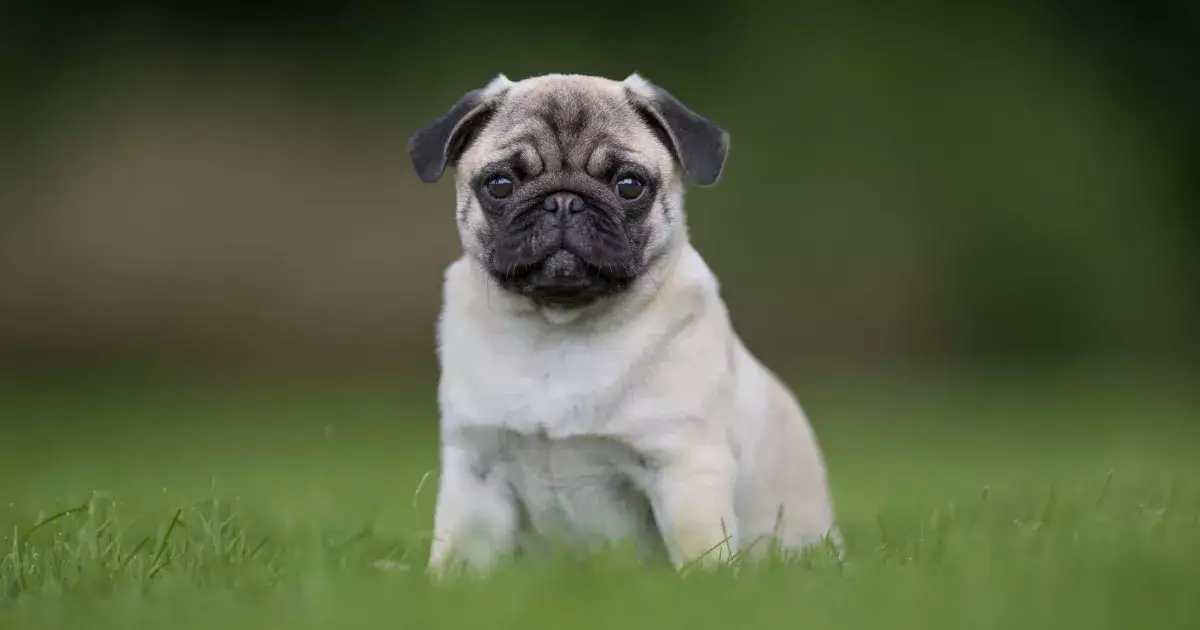Pugs, with their whimsical charm and playful spirits, have bewitched dog lovers across the globe. More than just a beloved breed, these dogs have a rich history woven into the fabric of human companionship. From their lineage dating back over two millennia to their playful antics that light up homes, Pugs encapsulate both loyalty and entertainment. This article delves into the fascinating history of Pugs, their unique characteristics, their care needs, and what potential owners should consider before welcoming one into their lives.
Pugs trace their lineage back to ancient China, emerging around 400 BC. Adored by Chinese emperors, these dogs were treated as royalty, often pampered with opulent lifestyles that included mini-palaces and dedicated attendants. This treatment not only softened their personality but also contributed to their longevity as a cherished breed. The nature of their introduction to Europe further propelled their popularity. In countries like France and the Netherlands, Pugs continued to embody a noble stature, which was further endorsed by figures like Queen Victoria, who famously had a penchant for the breed. This history not only makes Pugs desirable but also a significant part of canine history.
The Pug’s distinctive physical traits make them easily recognizable. Their short, wrinkled snouts couple with wide, expressive eyes, giving them an appealingly animated face. These intriguing wrinkles, historically believed by Chinese breeders to signify auspicious meanings, now require vigilant care to prevent skin infections. Moreover, Pugs are classified as brachycephalic, which means they have unique breathing challenges due to their flat noses. In climates that are particularly warm, owners need to be aware that Pugs are susceptible to overheating, emphasizing the need for gentle care from their human companions.
Despite their initially energetic bursts of playfulness, Pugs are known for their laid-back demeanor. They are just as content to curl up next to you on the couch as they are to frolic in the yard. This laid-back nature makes Pugs ideal for those who prefer a quieter home environment. Misconceptions surrounding their energy levels—often mistaken for laziness—need to be addressed. Rather than requiring constant stimulation, Pugs appreciate the simple pleasures of life, such as affection and warm resting spots.
Training Pugs can be quite rewarding. Known for their intelligence, these little companions respond impressively to positive reinforcement methods involving treats and praise. Though they might exhibit occasional stubbornness, their inherent desire to please their humans balances this trait. Engaging in early training and socialization activities can significantly shape their behavior, crafting a skilled and well-adjusted canine companion.
In recent years, a new breed has emerged known as Retro Pugs, or Retromops, developed to recapture some of their ancestral physical traits while addressing health concerns. Typically bred with longer-noted breeds such as Jack Russell Terriers or Beagles, Retro Pugs result in better respiratory health and overall vitality while maintaining the charming Pug personality. For prospective owners worried about the health implications of classic Pugs, Retro Pugs present an enticing alternative that marries historical traits with modern-day health consciousness.
Potential Pug owners should be prepared for the financial investment associated with welcoming one of these pups into their home. Prices for Pug puppies can range from $800 to $2,000 depending on factors like breeder credibility and puppy lineage. Alternatively, adopting a Pug offers a more budget-friendly route, with fees often between $100 and $500, commonly including essential medical checks and vaccinations. While you might not find as many puppies in shelters, adult Pugs also offer love and companionship to those who decide to adopt.
A common misconception about Pugs is their maintenance level concerning grooming. Their short coats, while seemingly low-maintenance, actually shed significantly. Those with allergies should approach this breed with caution due to their relatively heavy shedding. Owners should establish regular brushing routines, along with investing in good quality cleaning tools, to tackle excess fur. A well-maintained Pug can enhance the overall home environment while ensuring both dog and human comfort.
Pugs, with their spirited disposition and affectionate nature, stand as a testament to the beauty of canine companionship. Their unique history, captivating appearance, and endearing personalities make them a popular pet choice. For those seeking a furry friend that brings both joy and love, the additions of Pugs into homes can create profound and lasting bonds. Their playful antics elevate moods, and their affectionate presence warms the hearts of many. In essence, embracing a Pug is not merely about bringing home a pet; it’s about inviting a lifetime of laughter and loyalty into your life.

